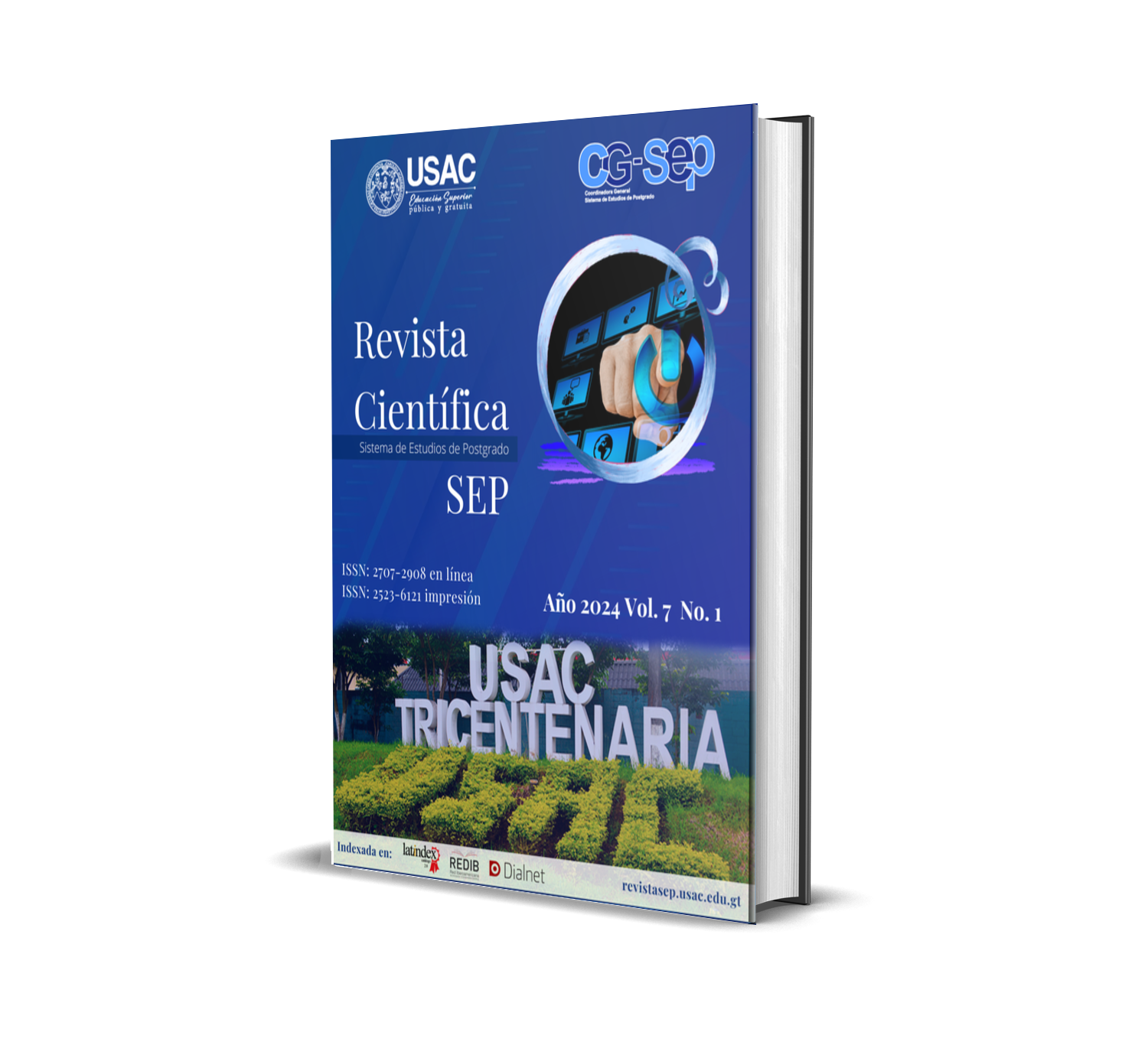Fractura de pelvis pediátrica asociada a epifisiolisis del cartílago trirradiado
DOI:
https://doi.org/10.36958/sep.v7i1.200Palabras clave:
cartílago trirradiado, epifisiolísis, centros de osificación, periostioResumen
Las fracturas del anillo pélvico en pacientes pediátricos, además de ser poco frecuentes debido a que requieren un mecanismo de alta energía para su producción, difieren completamente a la de este tipo en adultos. Por lo que es de suma importancia considerar las características del hueso pediátrico lo que afectará en la lesión desencadenada. Es primordial el diagnóstico temprano, ya que las lesiones de este tipo se asocian a politraumatismo lo que los vuelve pacientes de mayor riesgo que deben recibir manejo integral temprano para preservar las condiciones óptimas, a manera de prevenir el desarrollo de complicaciones que sean fatales para el niño. Estas lesiones deben clasificarse adecuadamente en base a la edad y a las características del cartílago trirradiado lo que también dictará los métodos de tratamiento iniciales y definitivos. A continuación, se presenta un caso clínico con estas características.
Descargas
Citas
Amorosa, L. F., Kloen, P., & Helfet, D. L. (2014c). High-energy Pediatric Pelvic and Acetabular Fractures. In Orthopedic Clinics of North America 45(4), 483–500. https://doi.org/10.1016/j.ocl.2014.06.009 DOI: https://doi.org/10.1016/j.ocl.2014.06.009
Dong, Y., Wang, J., Qin, J., Nan, G., Su, Y., He, B., Cai, W., Chen, K., Gu, K., Liang, X., Yan, G., & Wang, Z. (2021). Retrospective analysis of traumatic triradiate cartilage injury in children. BMC Musculoskeletal Disorders, 674 (2021). https://doi.org/10.1186/s12891-021-04565-2 DOI: https://doi.org/10.1186/s12891-021-04565-2
Spina, M., Luppi, V., Chiappi, J., Bagnis, F., & Rocca, G. (2019a). Triradiate cartilage fracture of the acetabulum treated surgically. Acta Biomedica, 90(1), 116–121. https://doi.org/10.23750/abm.v90i1.7263
Publicado
Cómo citar
Licencia
Derechos de autor 2024 Ana Luisa de León Carranza

Esta obra está bajo una licencia internacional Creative Commons Atribución 4.0.
Los autores/as que publiquen en esta revista aceptan las siguientes condiciones:
- Los autores/as conservan los derechos de autor y ceden a la revista el derecho de la primera publicación, con el trabajo registrado con la licencia de atribución de Creative Commons 4.0, que permite a terceros utilizar lo publicado siempre que mencionen la autoría del trabajo y a la primera publicación en esta revista.
- Los autores/as pueden realizar otros acuerdos contractuales independientes y adicionales para la distribución no exclusiva de la versión del artículo publicado en esta revista (p. ej., incluirlo en un repositorio institucional o publicarlo en un libro) siempre que indiquen claramente que el trabajo se publicó por primera vez en esta revista.
- Se permite y recomienda a los autores/as a compartir su trabajo en línea (por ejemplo: en repositorios institucionales o páginas web personales) antes y durante el proceso de envío del manuscrito, ya que puede conducir a intercambios productivos, a una mayor y más rápida citación del trabajo publicado (vea The Effect of Open Access).









